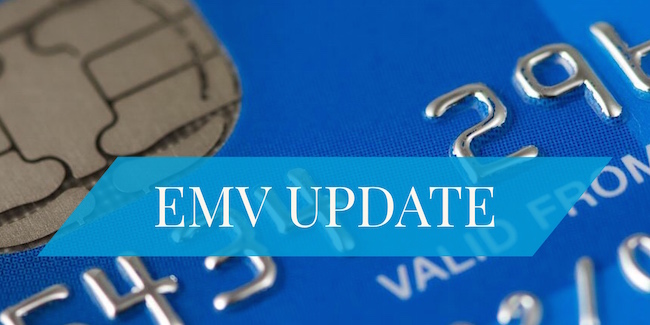On October 1, 2015 the EMV Liability Shift was announced and along came the chips! The way we make credit card payments has changed forever…sort of. Just like any big change in our daily routines, the addition of chip technology wasn’t received with open arms. Longer processing times, lack of POS infrastructure, and other factors added to the dislike of EMV chip cards.
Now, one year later, we can see how far these fancy new cards have come. Here’s a quick update on EMV chip cards year one, and what to expect in the future:
Table of Contents
ToggleQuick Update
For the average consumer, the main issues had to do with convenience. It’s much easier to receive a new card with a chip than for a business to implement a new POS system. According to MasterCard, 88% of its credit cards have chips, while only 33% of merchant terminals can accept chip payments. That being said, frustration often arises when a customer is unsure whether to swipe or dip their card. This may only add an extra minute or so to processing times but for most that’s too much. In a world where we can hail rides at the click of a button, we’re used to things going faster not the other way around.
On the contrary, not everyone is down on EMV. According to a Nerd Wallet survey, nearly 4 out of 5 Americans feel positively about the chip cards and nearly half of Americans say consumers benefit from EMV. For the merchants, these chips are actually making transactions much safer. MasterCard fraud data shows that there has been a 54% decrease in counterfeit fraud costs at U.S. retailers who have either completed EMV adoption or are close to completion.
For those merchants who haven’t yet made the switch, data suggests they are planning on it. Visa released a statement inferring that 84% of merchants who haven’t yet made the switch to EMV are planning on doing so. Since the U.S. is a bit behind the rest of the world on EMV adoption, Visa expects America to catch up within the next 4 to 5 years with about 90% acceptance.
The Future of EMV
Like most new technology things will improve over time. First and foremost, more adoption by merchants will make consumer use of EMV more consistent. The next issue at hand is the processing speed.
Take MasterCard’s mChip Fast for example. This new improvement to EMV was introduced back in April. mChip Fast was developed on contactless and NFC principles. The technology essentially prioritizes parts of the transaction that are most crucial for security. This allows the consumer to dip “in and out” similar to the magstripe experience.
In addition, MasterCard urged the industry to introduce action-oriented forums like the EMV Migration Forum and the Payments Security Taskforce. This essentially allows the industry to work cohesively in improving the efficiency of EMV transactions.
“Innovations like M/Chip Fast will help balance significant improvements in payments security with technologies that can help merchants accelerate the flow of their checkout lanes. We look forward to helping implement new technologies – like this – that help accelerate the EMV process.” says Patty Walters, head of security products at Vantiv.
NFC and Contactless Payments
In tandem with EMV adoption we can also expect to see an increased number of NFC and Contactless Payment options in the near future. NFC stands for near field communication. An NFC reader is equipped with a Radio Frequency Identification or RFID, that allows it to communicate with nearby objects or devices. NFC technology has been implemented into POS systems with the introduction of contactless payments.
A great example of this technology is Apple Pay. Apple Pay essentially allows users to turn their smartphone into a digital wallet. Consumers can store financial information on their devices and make purchases simply by placing the device near the NFC terminal. We will surely see advances in mobile payments as this technology is paving the way for more efficient on-the-go transactions.
Like EMV, contactless payments like Apple Pay are extremely secure. The transaction information passes through several layers of dynamic encryption and your financial information is never stored in one central location.
Final Thoughts
Like any change in routine, people are a bit slow to warm up to it. The switch to EMV chips had a rough start, but data suggests that it’s come a long way in a year. In the end of the day, our transactions are much more secure with EMV. We’ll see improvement, now that the stage is set.











